1 Aquatic Animal Nutrition: Organic Macro- and Micronutrients—‘Do Blind Men and Their Elephant Get Wet Feet?’
2 Protein Requirement—‘Only Meat Makes You Strong’
3 Utilization of Proteinaceous Nutrients—‘Becoming Strong with Meat’
4 Peptides or Amino Acids?—‘The Smaller, the Better?’
5 Amino Acid Function and Requirement—‘More than Easy Fuel’
7 The Versatile Amino Acid: Tryptophan—‘More Controlling than Fueling
8 A Bunch of Amino Acids: Phe, Tyr, Branched-Chain AAs, Ser and Thr—‘Much More than Easy Fuel’
9 Sulfur Amino Acids—‘Much More than Easy Fuel.
10 Basic Amino Acids and Prolines—‘Again: Much More than Easy Fuel’
11 Taurine—‘Controlling Rather than Fueling’
12 Nonprotein Amino Acids—‘Fuel at All?’
13 Carbohydrates with Emphasis on Glucose—‘Life’s Little Luxury’
14 Glucose Homeostasis—‘Life’s Little Luxury Balanced’
15 Glucose Intolerance—‘Life’s Real Luxury?’
16 Carbohydrate Transport—‘Life’s Useful Luxury Distributed’
18 Carbohydrate Preference and Metabolism—‘Life’s Little
Luxury Digested
19 Regulatory Potential of Carbohydrates—‘Life’s Little Luxury
Controls’
20 Oligosaccharides—‘Sweet or Healthy Promises
21 Starch—‘Gluey Promise’
22 Nonstarch Polysaccharides—‘Neither Sweet Nor Gluey—Adverse?’
23 Lipids—‘The Greasy, Unhealthy Stuff
24 Lipid Homeostasis and Lipophagy—‘The Greasy Stuff Balanced
25 Protein Sparing by Lipids—‘Learning from Wild Conspecifics
26 Fatty Acids—‘Fueling Versus Steering
27 Essential Fatty Acids—‘Fueling Versus Controlling
28 Biosynthesis of Polyunsaturated Fatty Acids—‘Many Can, Some Can’t’
29 LC-PUFAs in Reproduction and Behavior—‘Good Cop–Bad Cop?’
30 Trophic Transfer of PUFAs—‘Vital Ones Reach Top Predators’
31 Sterols, Phospholipids, and Wax Esters—‘Stay Healthy, Avoid Cholesterol’
32 Vitamin A—‘Does It Keep the Veterinarian Away?’
33 Vitamin B Complex—‘Do These Compounds Keep Veterinarians Away?’
34 Vitamin C—‘An Apple a Day Keeps the Veterinarian Away’
35 Vitamin D—‘Keep the Orthopedist Away!’
36 Vitamin E—‘Keep Stress Away!’
37 Vitamin K—‘Keep the Hematologist Away!’
38 Nucleotides—‘Only for Fitness Fans?’
39 Enzymes—‘Digestive Assistance from Aliens
40 Intraspecific Variability—‘The Apple May Be a PineApple’
Abbreviations
Major Microbial Disease Agents of Farmed Aquatic Animals
References
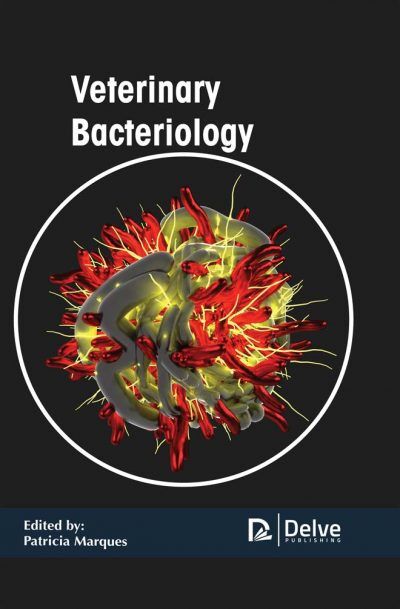


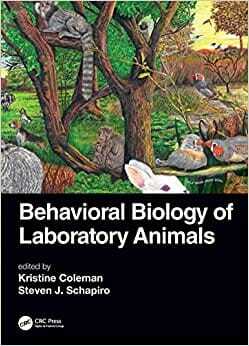
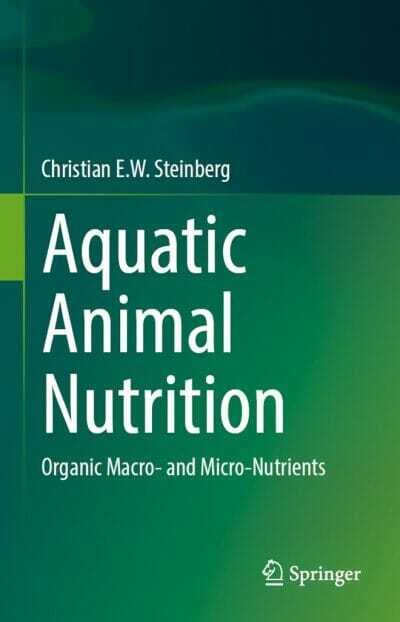
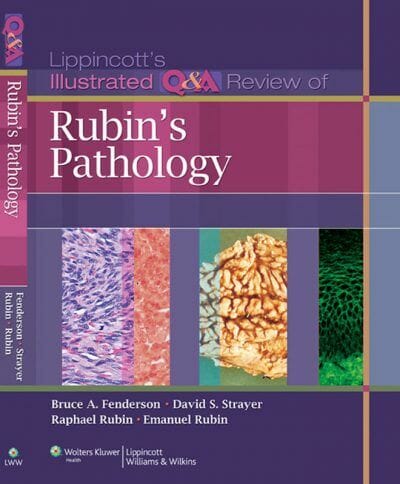
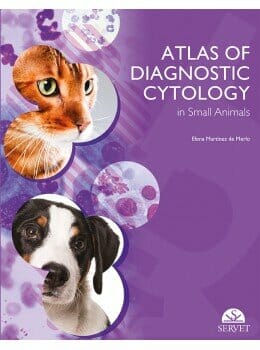
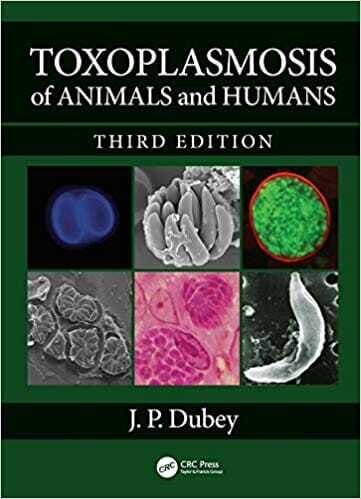
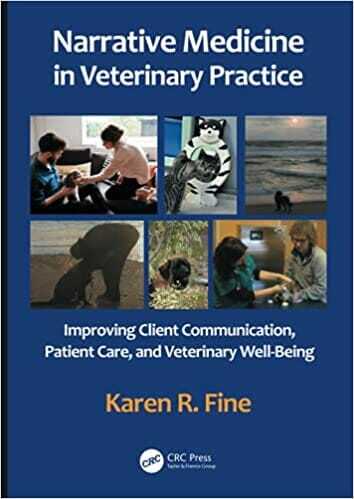
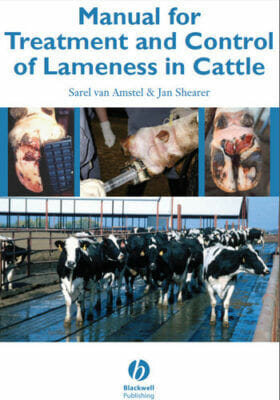
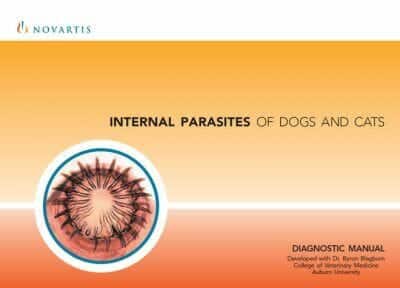
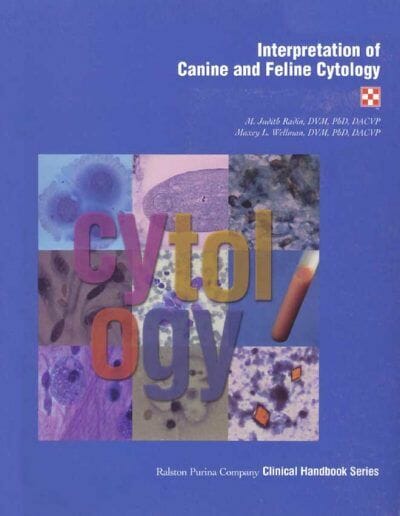




![Ettinger’s Textbook of Veterinary Internal Medicine 9th Edition [PDF+Videos] Ettinger’s Textbook of Veterinary Internal Medicine 9th Edition [True PDF+Videos]](https://www.vet-ebooks.com/wp-content/uploads/2024/10/ettingers-textbook-of-veterinary-internal-medicine-9th-edition-100x70.jpg)


![Textbook of Veterinary Diagnostic Radiology 8th Edition [PDF+Videos+Quizzes] Thrall’s Textbook of Veterinary Diagnostic Radiology, 8th edition PDF](https://www.vet-ebooks.com/wp-content/uploads/2019/09/textbook-of-veterinary-diagnostic-radiology-8th-edition-100x70.jpg)





